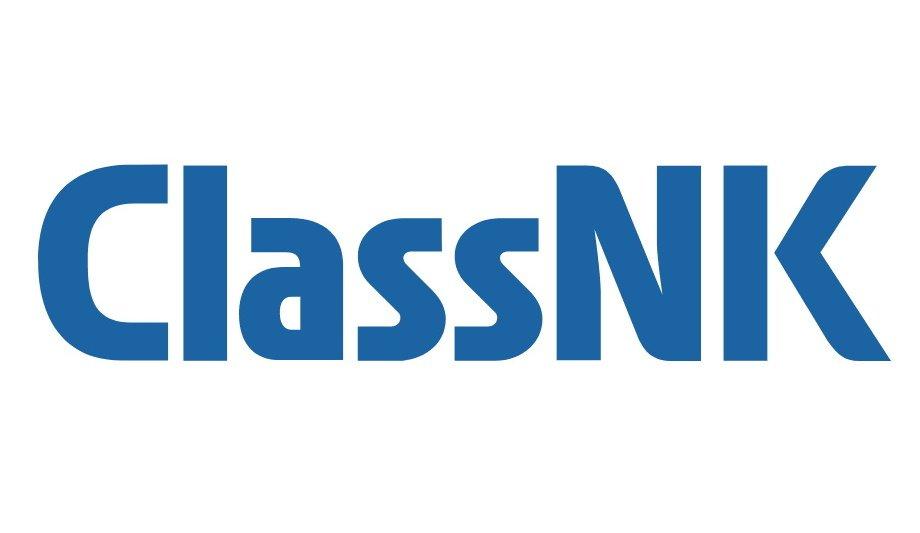NAPA, a maritime software and data analysis expert, and classification society - Nippon Kaiji Kyokai (ClassNK) have announced the results of a joint study conducted with Marubeni Corporation, which has measured the impact of voyage optimisation on the greenhouse gas emissions and Carbon Intensity Indicator (CII) ratings of a real-life fleet.
The research found that a vessel’s fuel consumption and CO2 emissions can be reduced by up to 7.3% by using NAPA Voyage Optimisation. Moreover, the analysis shows that voyage optimisation can improve a vessel’s CII by an average of 5-6%, enabling ships to maintain their ratings for an additional two to three years.
Joint NAPA-ClassNK and Marubeni Corporation research
The joint research was carried out using NAPA’s ship performance model and voyage simulation tools
The joint research was carried out using NAPA’s ship performance model and voyage simulation tools. It used data on all voyages, weather and ocean conditions in 2021 for a group of bulk carriers owned and operated by Marubeni Corporation.
The potential reductions in fuel consumption and CO2 emissions were measured by ‘retro-optimising’ each voyage to incorporate weather routing, using the data on weather and sea conditions that was available at the time and maintaining the same departure and arrival times.
ClassNK provided advice on the simulations
ClassNK provided advice on the simulations, verified the calculated values and confirmed the results, while Marubeni provided the vessels for the demonstration tests, as well as its experience and expertise on operational aspects.
The joint study highlights the importance of optimising voyages to improve a vessel’s rating under the International Maritime Organization’s CII regulation, which rates the carbon intensity of each vessel on a scale from A to E.
Using NAPA Voyage Optimisation can boost a vessel’s CII rating
The study found that using NAPA Voyage Optimisation can boost a vessel’s CII rating by 5-6%, which in many cases enables it to move up one rank (from B to A, for example).
Crucially, these improvements do not require any additional installation or equipment on board
It also enables vessels to remain in the same category for two to three years longer as the requirements for each CII category gradually become stricter, forcing ships to reduce their emissions over time. Crucially, these improvements do not require any additional installation or equipment on board.
Impact of voyage optimisation on emissions
Naoki Mizutani, Managing Director at NAPA Japan, said “This study with Marubeni is important as it demonstrates in tangible terms the impact that voyage optimisation can have on the emissions and CII ratings of a real-life fleet at sea today. This is critical for businesses throughout the supply chains, informing strategic and financial decisions as legislation enters into force.”
Naoki Mizutani adds, “Our analysis shows that substantial emissions reductions can be achieved with tools that are available today. There is no reason to wait given the scale of the climate crisis. The study confirms that voyage optimisation will be a powerful tool for the industry, not only to ensure compliance with CII requirements, but also to support shipping’s decarbonisation journey.”
NAPA, ClassNK and Marubeni Corporation partnership
Takayuki Hase, General Manager of Ship Department at Marubeni Corporation, said: “We are proud to partner with NAPA and ClassNK on this unique study, which provides greater clarity for the entire maritime industry on how we can collectively reduce our carbon footprint through digital solutions that make our operations smarter and more efficient.”
Data-driven insights are key to accurately assess our starting point, and fully understand the practical impacts"
Takayuki Hase adds, “As we navigate a new regulatory environment, data-driven insights are key to accurately assess our starting point, and fully understand the practical impacts. Based on cooperation and collaboration with industrial leading companies, we aim to contribute greener, more sustainable shipping though all practical methods.”
Visualising ships’ emissions
Yoshimichi Sasaki, General Manager of Digital Transformation Center at ClassNK, said: “CII implementation poses challenges to shipping companies not just to ensure compliance, but to plan and manage GHG emissions from their fleet, which directly impacts their competitiveness.”
Yoshimichi Sasaki adds, “Visualising ships’ emissions should be a key initial step to envisage the way for optimised GHG management systems. The study based on the actual voyage data has successfully demonstrated the value of the simulation in generating insights. ClassNK will use its outcome to enhance our certification service range which is responding to decarbonisation trends and the advancement of digital technology.”
